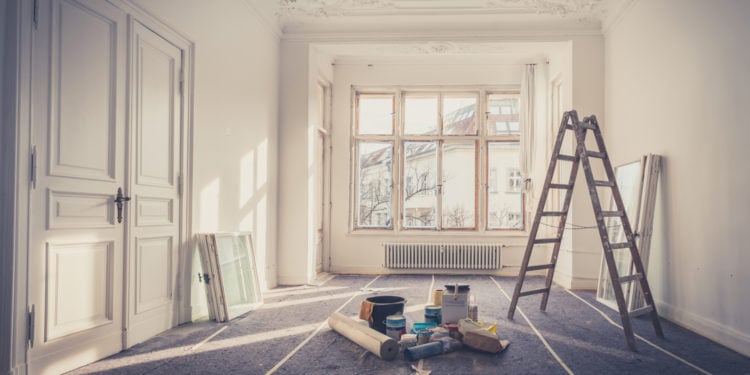The beauty and grace of historical architecture attracts many homeowners eager to live in a piece of history. But although many historic homes have features that are still useful today, some original architectural artifacts are best left in the past. Here are several important home features that owners of historic dwellings should strongly consider upgrading:
Outdated Electrical
In the late 1800s and early 1900s, as electricity spread across America, new and existing homes alike were fitted out with knob and tube wiring. This affordable technology was advanced at the time, but is a potentially dangerous relic now. Existing knob and tube wiring can still work, but modern electrical usage typically exceeds the circuitry limits that these old systems have, which can lead to overheating and even fire. When in doubt, consult an electrician and consider replacing old wiring to bring your household system up to the highest building code standards.
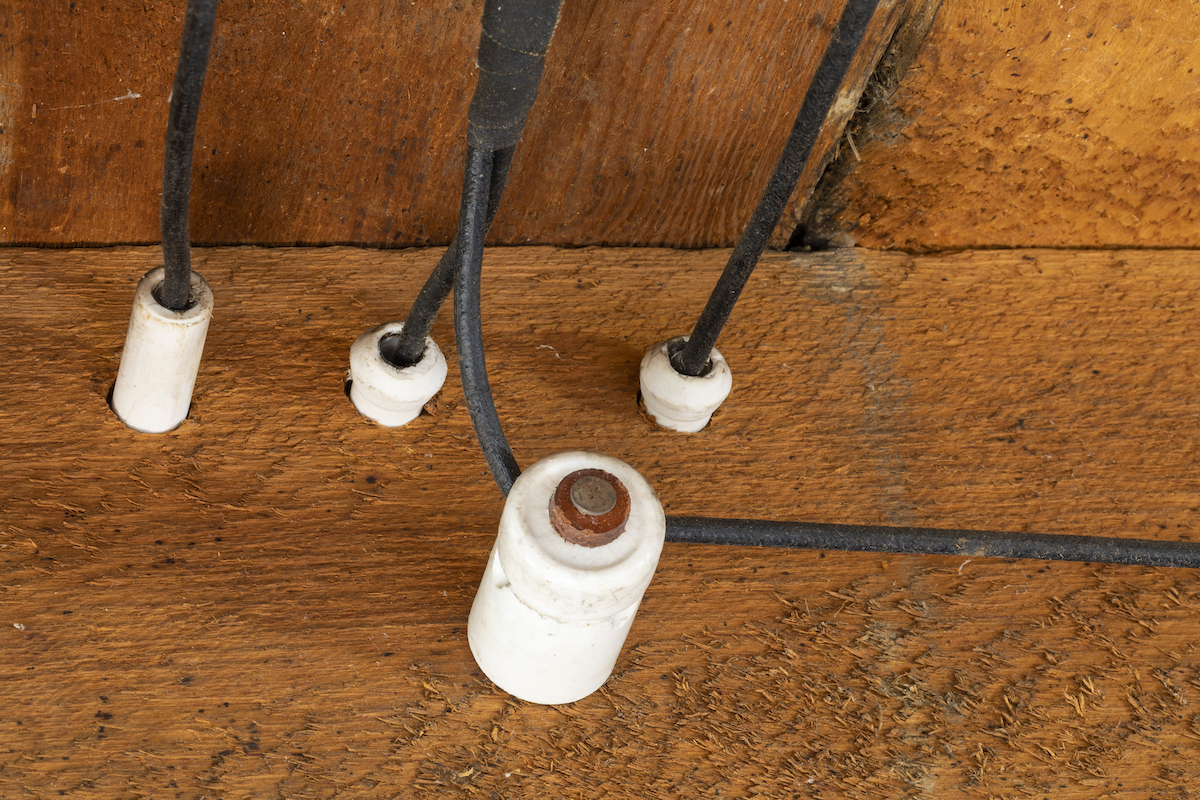
Dangerous Paint
Before the late 1970s, lead-based paint was very common in homes. Animals and children who have a tendency to lick and chew things could get sick from ingesting this toxic material. If you’re considering a new paint color and you suspect lead paint, you have a couple options: either paint over the existing old paint with epoxy, polymer, or other specialty products that will effectively encapsulate the harmful lead paint, or have the old paint professionally removed before starting fresh. Peeling or chipped lead paint should always be removed. When in doubt, contact a professional painting or abatement company for help!
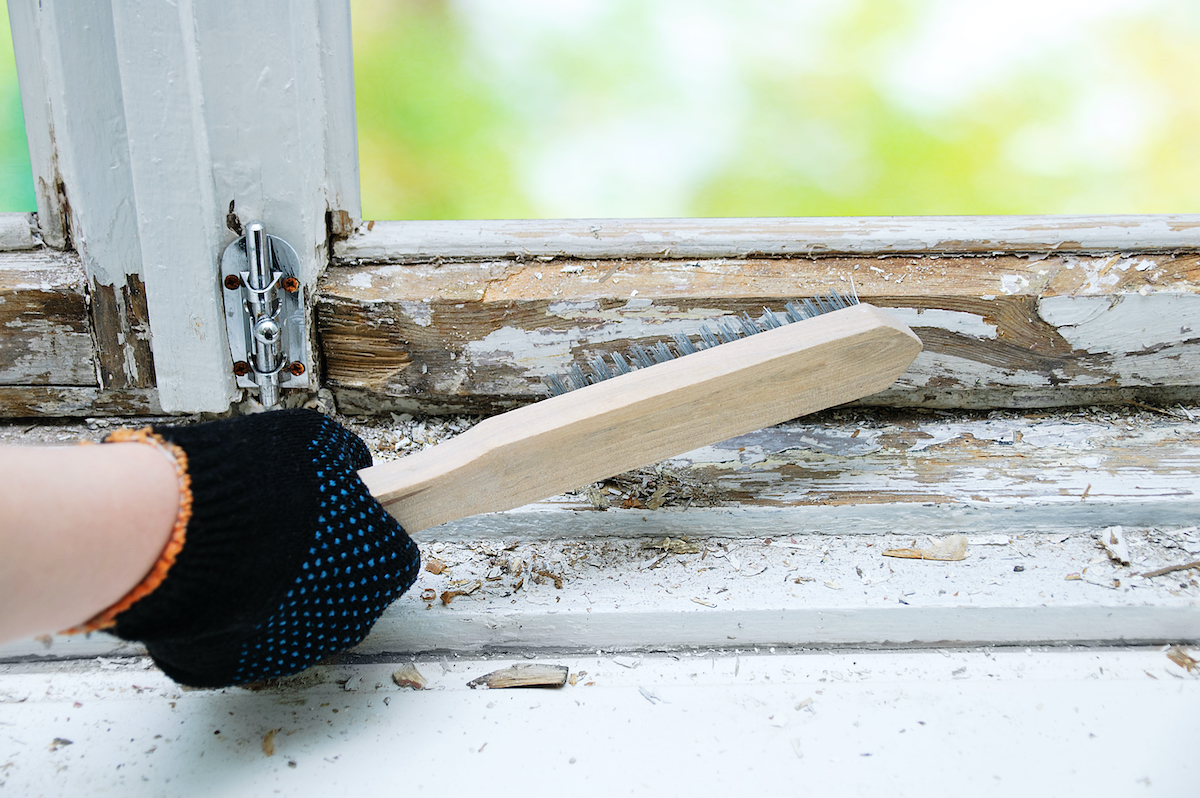
Leaky Windows
Restoring or maintaining an old house is already an expensive job, so anything that saves you money in the long term is probably a good idea! Original windows can drive your heating and cooling costs up if they leak, allowing too much air to pass through. Consider replacing your old windows with energy-efficient new ones, or add extra weatherstripping if you can’t bear to part with the originals.
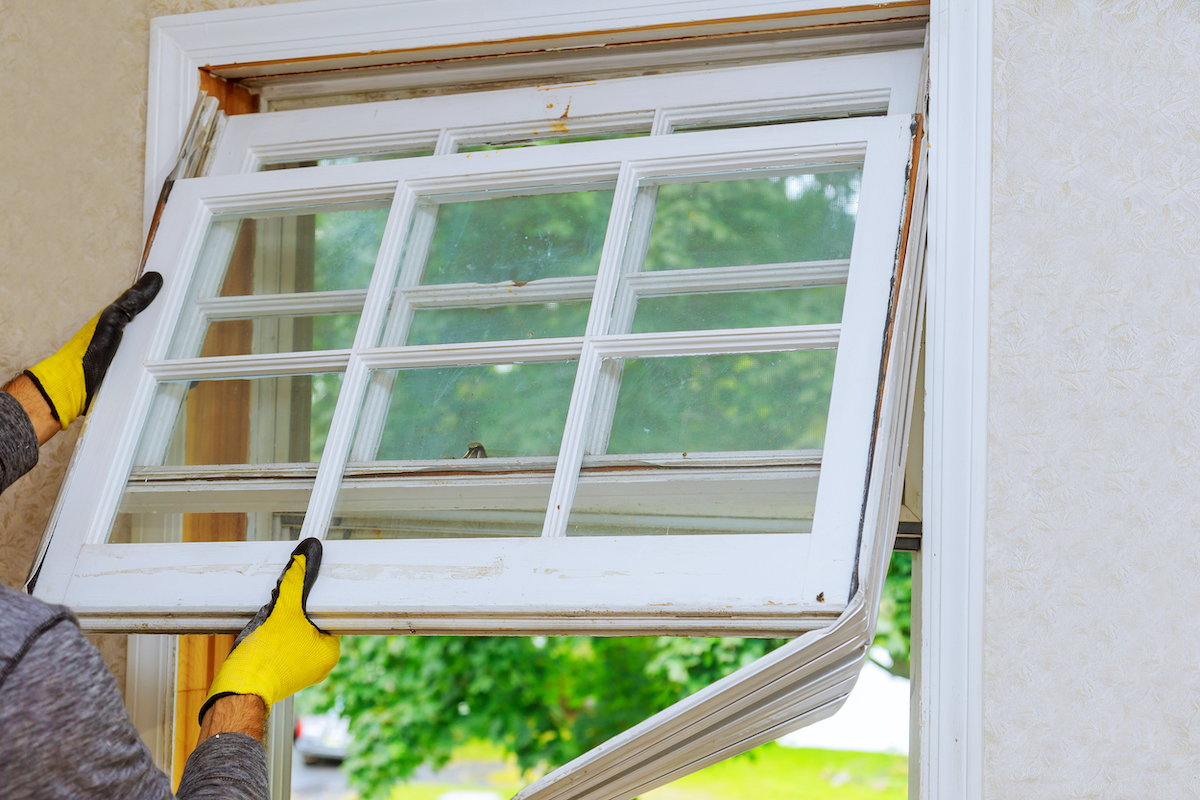
Hazardous Plumbing
Old metal pipes can pose several problems for homeowners. Minerals can break down within the pipes, leading to build up that causes clogging. This can contribute to low water pressure; sediment can also lead to hard water. In addition to clogs, leached minerals and metals like lead can make you sick as they enter your drinking water. Finally, historical pipes can rust and spring leaks, which can ruin walls and ceilings if not kept in check. Consider upgrading your plumbing to take advantage of secure modern plumbing materials.
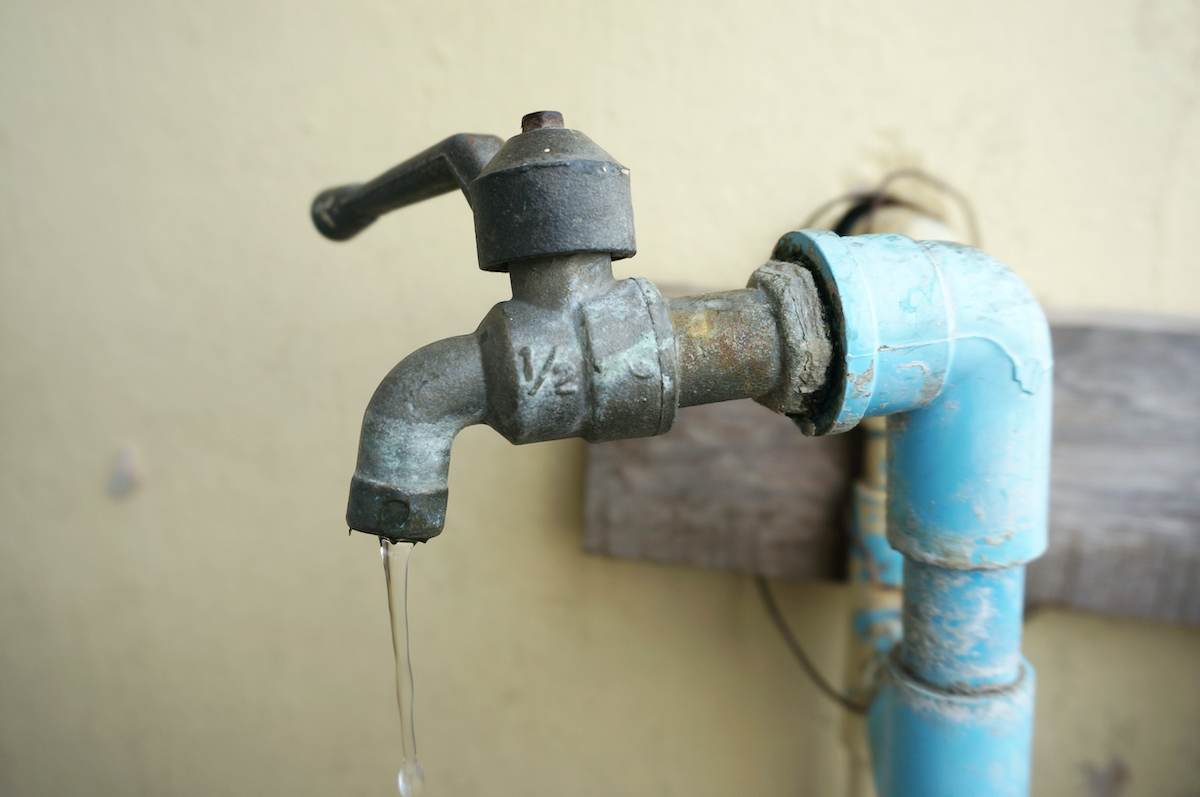
Fire Safety
Fireplaces can be a source of delight for families wishing to gather ’round the hearth. But historical fireplaces—very common in homes built before central heating—can be dangerous if not properly maintained. Have your chimney (or chimneys!) inspected and cleaned regularly if you use your fireplace. Cracked masonry, debris, and poor ventilation can all heighten the risk of fire damage and carbon monoxide poisoning. Don’t forget to install a carbon monoxide detector near your fireplaces, too!
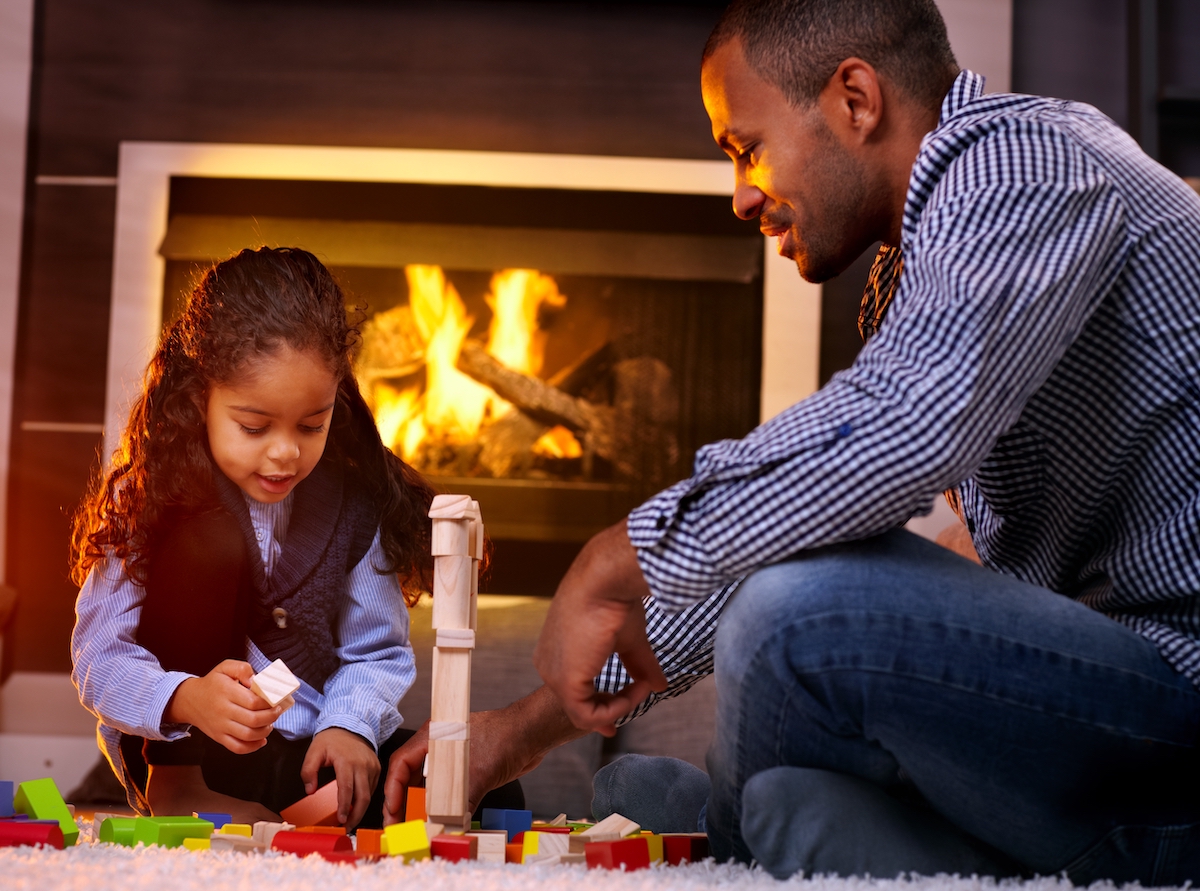
Investing in these upgrades will help make sure that a historic home stays safe, beautiful, and functional for many years ahead!
